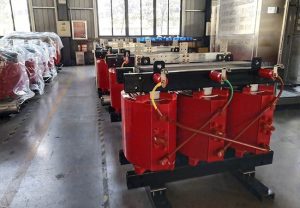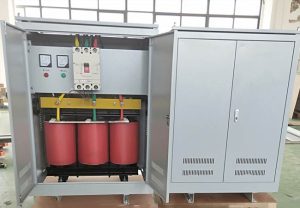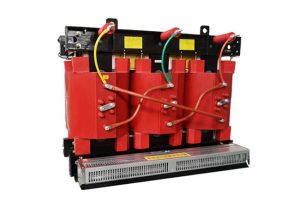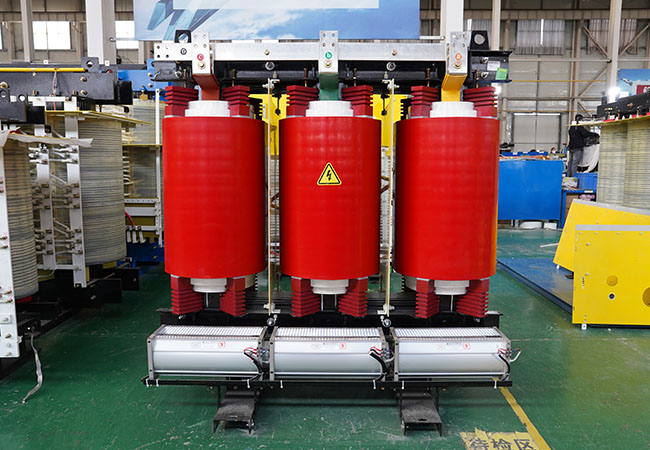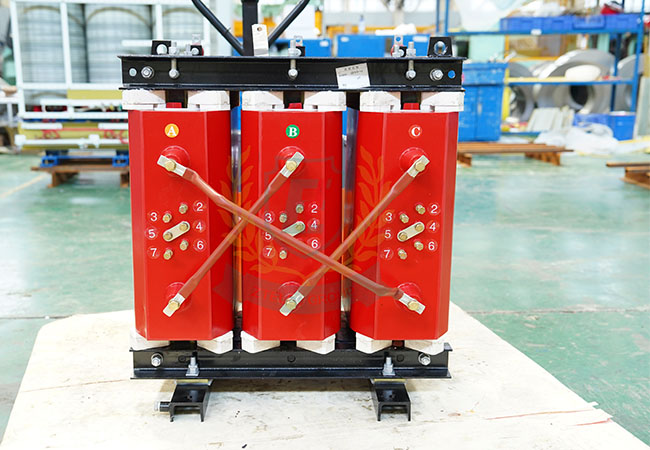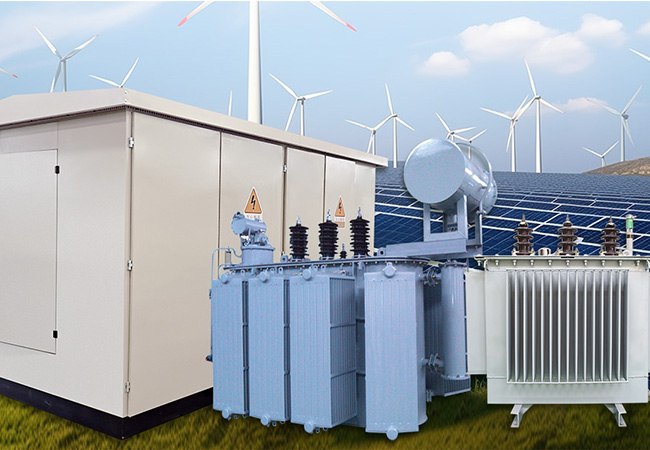Three-Phase Solar Photovoltaic Isolation Transformer Manufacturer
10-21 2024 | By:
Three-Phase Solar Photovoltaic Isolation Transformer
Isolation photovoltaic transformer is suitable for AC 50/60Hz, working voltage below 1500V, insulation heat resistance grade can reach F grade H grade, mainly used in photovoltaic inverter, wind power converter, wind power control system, locomotive auxiliary inverter and high-end power electronics and medical equipment and communication equipment.

Three-phase photovoltaic isolation transformer
The main application areas of transformers are photovoltaic power generation, wind power transmission, high-power UPS equipment, inverters, machine tools, medical equipment, rectifiers, etc.
Specifications
Number of phases: customizable
Power capacity: 50kVA-2500kVA supports customization
Rated voltage: 315V/400V-220V/150V/400V-290V, supports customization
Wiring method: Yyn0, supports customization
Insulation grade: Class B/Class F/Class H
Impedance: 3-5%
Efficiency: >98%
Overload capacity: 15%
Insulation strength: 3000V AC/min, leakage current <5mA
Temperature rise: <100K at rated power
Material: Made of high-quality silicon steel sheets, with low no-load loss and low noise. Vacuum pressure painting is used to ensure the mechanical strength and moisture resistance of the transformer.
Photovoltaic Isolation Transformers Functions
1. Electrical isolation: Use transformers to achieve electrical isolation between photovoltaic power sources and power grids.
2. Prevent the DC component of current from being injected into the power grid: Since DC does not cause changes in magnetic flux, the DC component of the photovoltaic inverter system will not flow into the power grid through the isolation transformer.
3. Anti-interference function: Isolation transformers with certain wiring methods can eliminate 3rd, 3rd integral multiple harmonics, and reduce the impact of high-order harmonics and voltage fluctuations on the power grid.
4. Voltage stabilization function: When a system failure occurs, the resonant overvoltage and steady-state overvoltage of the photovoltaic inverter system can be effectively suppressed.
5. The isolation transformer is very important in the single-stage photovoltaic grid-connected inverter system. Its performance is not only related to the efficiency and heat generation of the transformer itself, but also determines the technical performance of the entire converter, and even causes damage to the power tube and inverter failure. At this time, the transformation of the isolation transformer is no longer an isolation function, but also plays the above-mentioned important role.
- Solar photovoltaic isolation transformer manufacturer
- Three-Phase Dry-Type Isolation Transformer
- Solar photovoltaic isolation transformer manufacturer
Advantages Of Using Isolation Transformers In Solar Photovoltaic Power Plants
The working principle of photovoltaic isolation transformers is to convert the voltage at the input end to the voltage at the output end due to the physical effect of electromagnetic fields. The current flowing through the primary (input) winding generates a magnetic field through the metal core of the transformer.
This magnetic field has a certain magnetic flux. The magnetic flux flows through the surface area of the transformer core until it reaches the secondary (output) winding. The magnetic flux generates electromagnetic force in the secondary winding, which generates voltage.
The number of turns in the secondary winding is proportional to the secondary voltage. The number of turns of the secondary winding relative to the primary winding determines whether the voltage increases or decreases.
Photovoltaic transformers usually step up voltage for transmission purposes. In the transmission and distribution system of the public power grid, electrical energy is generated at a lower voltage and then increased to a higher voltage in certain increments. During the transmission process, the higher voltage minimizes the inductance or resistance loss in the wire.
Transformers are mainly used in AC power systems to transmit electrical energy from power plants to substations and then to individual businesses, houses or loads. This energy transmission requires a reduction from the high voltage of the power plant to the 220-volt low voltage commonly used in the country. This voltage reduction is achieved by using a transformer, and the rate at which the voltage is reduced depends on the number of turns of the transformer.
When selecting a transformer in a PV system, the correct power rating and voltage must be selected on the primary and secondary sides of the transformer. Transformer ratings are usually in kilovolt-amperes. The transformer’s kilovolt-ampere rating should match (or slightly exceed) the kilovolt-ampere rating of the power source (in our case, this is the PV system inverter).
The low-voltage side of the transformer must match the output voltage of the inverter. The high-voltage side of the transformer must match the grid interconnection voltage provided on the utility company’s transmission and distribution system. The transformer should be able to handle the power requirements of both the low-voltage side and the high-voltage side.
In utility-scale solar facilities, the voltage is converted after the inverter for transmission to the utility grid voltage. Transformers on solar power generation facilities are primarily used to increase voltage and deliver renewable energy to the public grid.
However, transformers have some additional benefits in that they provide galvanic isolation between the solar facility and the public grid. A transformer is essentially an air gap between two conductor windings. This galvanic isolation is used for safety and equipment protection by preventing ground fault circuits.
You may also find these interesting:
